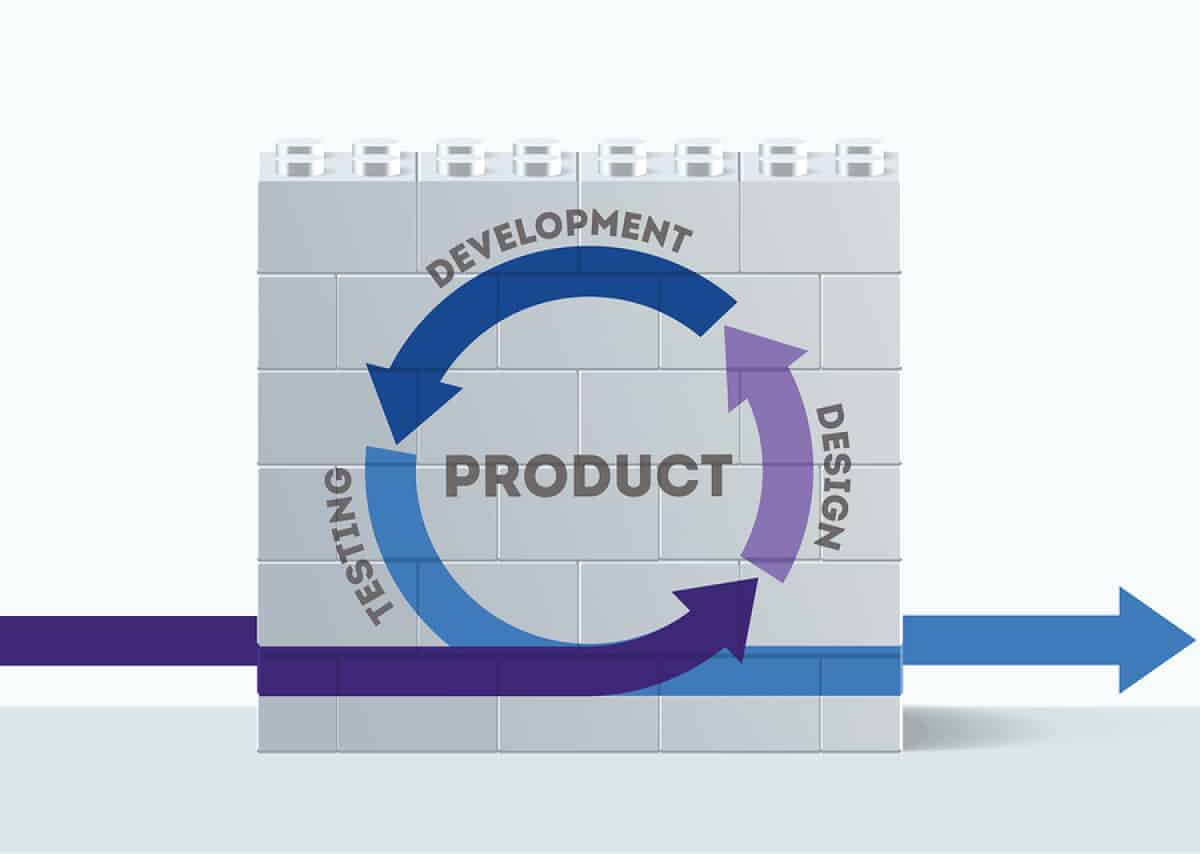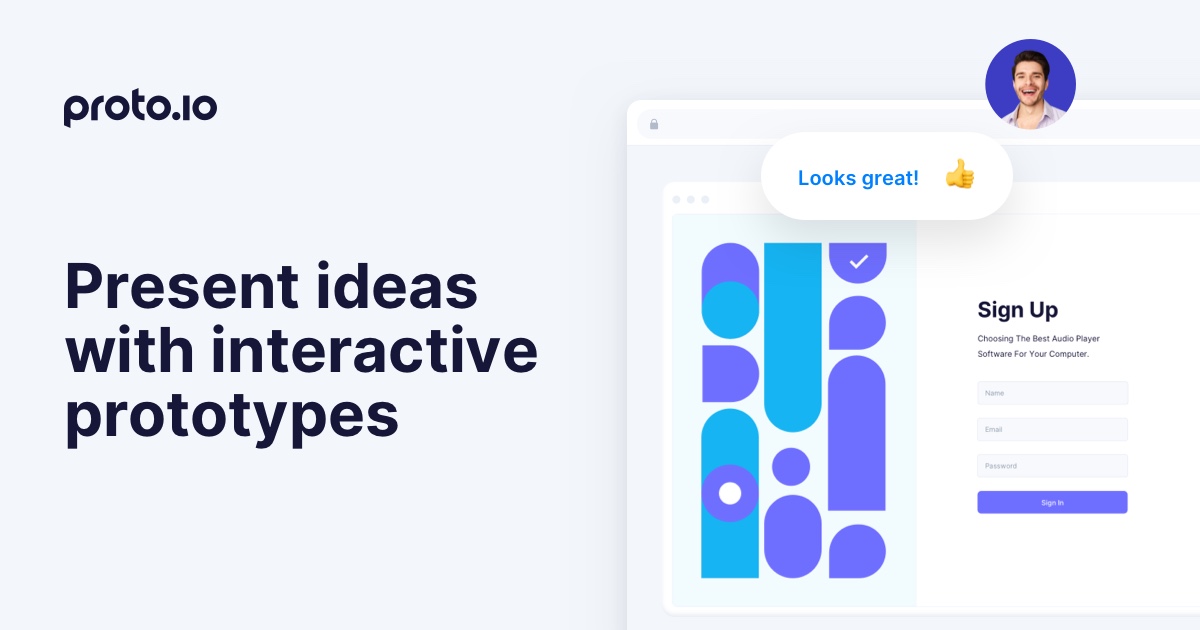Product managers are under constant pressure to innovate and grow. Past results are just that — in the past. Good product managers are expected to always be looking forward, no matter how difficult the circumstances are (or how complex the project is).
After all, if you keep using the same techniques and making the same choices, sooner or later, your company will start to fall behind.
Here’s how to keep improving your product management skills.
Connect With Other Product Managers
The product manager role can be a lonely one. You work with marketers, developers, designers, salespeople, and other stakeholders, but your roles don’t share a lot of duties, which leaves you with no one to compare notes with. And without people who can relate to you, it’s easy to burn out.

It’s crucial to find a community who can relate to what you do. If you’re in a large company, start by connecting with product managers in other departments and going out for drinks. If you’re the only PM, you’ll need to look outside your company to find your tribe.
Fortunately, there are a lot of apps and boards that can help you with this. A good place to start is MindTheProduct, which bills itself as “the world’s largest product community.” MindTheProduct holds local meetups called ProductTank in more than 155 cities around the world.
These meetups aren’t exclusively for the product manager role — they welcome product designers and developers as well — but you’ll find a lot of PMs in their free meetups. You should also consider joining their active product management Slack channel, where you can ask questions, have friendly debates, teach and learn from thousands of colleagues.
You can also view PM job postings on their Slack channel (or here).
Another great Slack community is Product Manager HQ. In addition to being a great place to meet others, PMHQ also offers some resources for new and aspiring PMs, including One Week PM (a fundamentals class for beginning PMs) and an excellent recommended reading list.
Read Up On Your Industry
Every product manager role is unique, defined by the priorities, culture, strengths, and weakness of your company. While reading up on product management will help you be more effective, at a certain point you may start to have diminishing returns. You can’t focus solely on your role. You have to consider your industry.
The plus side is that no matter what industry you’re in, learning more about it is always helpful. There are always new products to read up on, technologies to incorporate, leaders to study, and market analysis to consider. And that doesn’t even count the literature on related industries, filled with illuminating case studies and invaluable lessons.

Studying these topics will help you understand the product lifecycle and your role within it. You’ll get better at anticipating changes in the market and creating a product strategy that allows for shifts.
You’ll start to take your own lessons from the successes and failures of industry pioneers instead of just digesting canned conventional wisdom from other product managers.
We’re not dragging PM literature — there are a lot of great books, courses, and blogs with invaluable advice on the product management process. Particularly for new PMs, advice from colleagues can help you develop your skills much more quickly. But your knowledge of the industry is every bit as important as your understanding of your role.
Keep the Whole Product Lifecycle in Mind
The product lifecycle is one of the most basic concepts in product management. But while the concept is simple, effective execution isn’t.
Keeping a global view throughout the whole lifecycle is incredibly tricky — particularly in a rapidly changing industry like mobile app development.
Here’s how to be the best PM you can be at each stage of the process:
Development
Particularly for new companies that haven’t scored any major successes yet, it’s easy to see the development phase as the end-all and be-all. It’s perfectly understandable. If a product has a solid launch and sees strong early adoption, you’ll have plenty of time to think about growth.
On the other hand, if you can’t get any traction early on, all your planning will be wasted anyway. So why not go all in on development, and worry about the rest when you get there?
This mindset isn’t necessarily wrong. A startup with limited resources may not have the luxury of hedging its bets. However, as a product manager, you need to maintain balance and proportion, even in the early stages.

You need to be on the lookout for market changes, competitors undercutting your position by getting to market first, or new, better opportunities. You may have to be the one to convince the CEO to scale back or kill the project you’ve worked so hard on because it’s best for the company.
Of course, you can’t anticipate every possible twist and turn in the product lifecycle. It’s fine to cheer on the team and get invested as you ramp up to go to market. Just be sure to keep an eye out for unexpected developments so you can react quickly.
Growth
The seeds of a successful growth phase are planted in development. That’s when you should plan out how you’re going to gather data, turn that data into actionable insights, and drive product growth. Keep track of all the input you get from the beginning — from user research and testing to ideas and predictions from teammates about the future of the product.
All of this important info will help you refine your own ideas during the growth phase. You’ll be able to test theories about what’s driving early adopters, and how to build your user base. You’ll be better situated to gather more user feedback, synthesize that feedback with adoption data, media coverage and other information, and make the right growth decisions.
You can drive growth just by listening to your users. If your users are telling you they’d really like a particular new feature, or that some aspect of your interface could be improved, acknowledging and thanking them, and incorporating their input can earn their loyalty and referrals.
That doesn’t mean your job is to do exactly what the users want, however, some users might want bells and whistles that could make your app cluttered, or they may not be aware of the most effective solutions to their challenges. Additionally, the needs and concerns of your early adopters may not align with the needs of the majority you’re targeting for growth.
To be a great product manager, look beyond user sentiment and strive to understand user needs. Ask users what they wanted to accomplish with your app and if they’ve been able to achieve those goals. Study what apps they use, and how those apps complement your own.

You may find opportunities to add new features that simplify users’ lives by either replacing other apps or integrating your app with them. For example, if your app helps users track their mental health and well-being, and many of your users also use meditation apps, offering integration with popular meditation apps or adding your own meditation tool could help drive growth.
Maturity and Decline
Avoiding complacency can be a challenge as your product reaches maturity. Your app is (hopefully) making money and doing well, which can disincentivize taking risks. At the same time, maturity requires different product manager skills than earlier phases in the product lifecycle. You may need to switch from building out your product to refining the internal processes that maintain it or move from driving conversions to improving targeting and customer loyalty.
As your product manager role evolves, the most important thing you’ll do is avoid being complacent. Keep learning — read about companies at your stage of growth, get advice from other product managers, and consider finding a mentor. Make space for new innovation with design sprints. Get even more in-depth insight into your customer behavior and practice. Being open to change is what will keep your product profitable.
Trying new things will delay the decline, and ease the transition when it comes. With new products starting to take off, your company can continue to thrive when you finally have to retire your product.
Listen to Your Engineers About Complexity
Product managers often underestimate the true cost of adding a feature. They factor in initial cost but don’t consider how every piece you add to an app needs to be supported throughout the app’s lifecycle. As Kris Gale, the VP of Engineering at Yammer puts it:
“What might take two weeks right now adds a marginal cost to every engineering project we’ll take on in the future. In fact, I’d argue that the initial time spent implementing a feature is one of the least interesting data points to consider when weighing the cost and benefit of a feature.”
According to Gale, part of the solution is to coordinate between teams. He advises developers to discuss current and proposed complexity costs, and to come up with “alternative product designs that can save complexity.” Seek out this input from your engineers, and you’ll have a leaner, better, and more profitable product.
There’s Never Been a Perfect Product Manager
The product manager role is always changing. Products develop, grow and decline, as do individual companies, management philosophies, and entire industries. To be the best PM you can be, you need to be open to ups and downs.
If you stay humble, flexible, and intellectually curious, even a mistake can be an opportunity to become a more successful product manager.
Proto.io lets anyone build mobile app prototypes that feel real. No coding or design skills required. Bring your ideas to life quickly! Sign up for a free 15-day trial of Proto.io today and get started on your next mobile app design.
What’s your favorite tip for being a better product manager? Let us know by tweeting us @Protoio!







